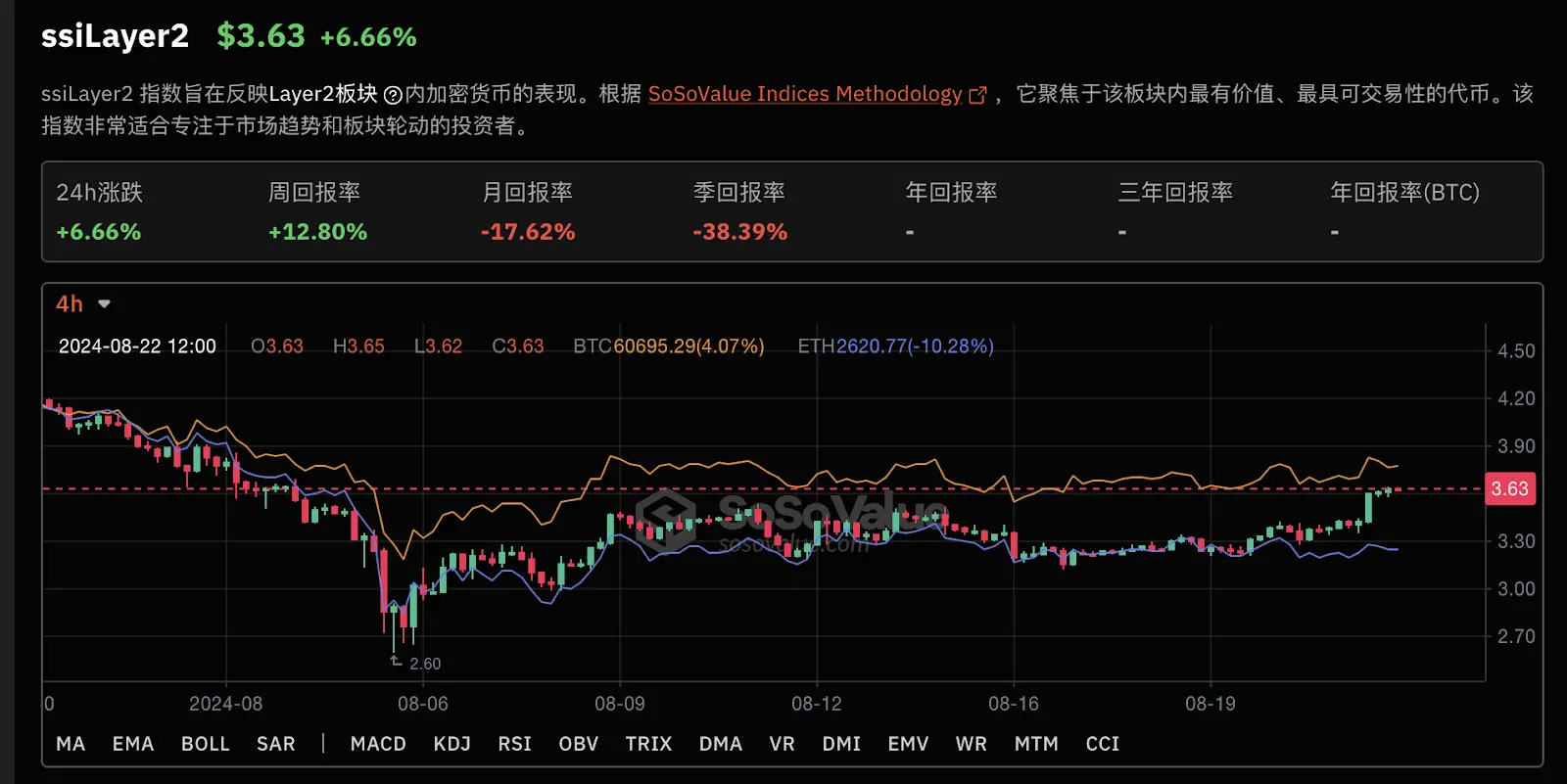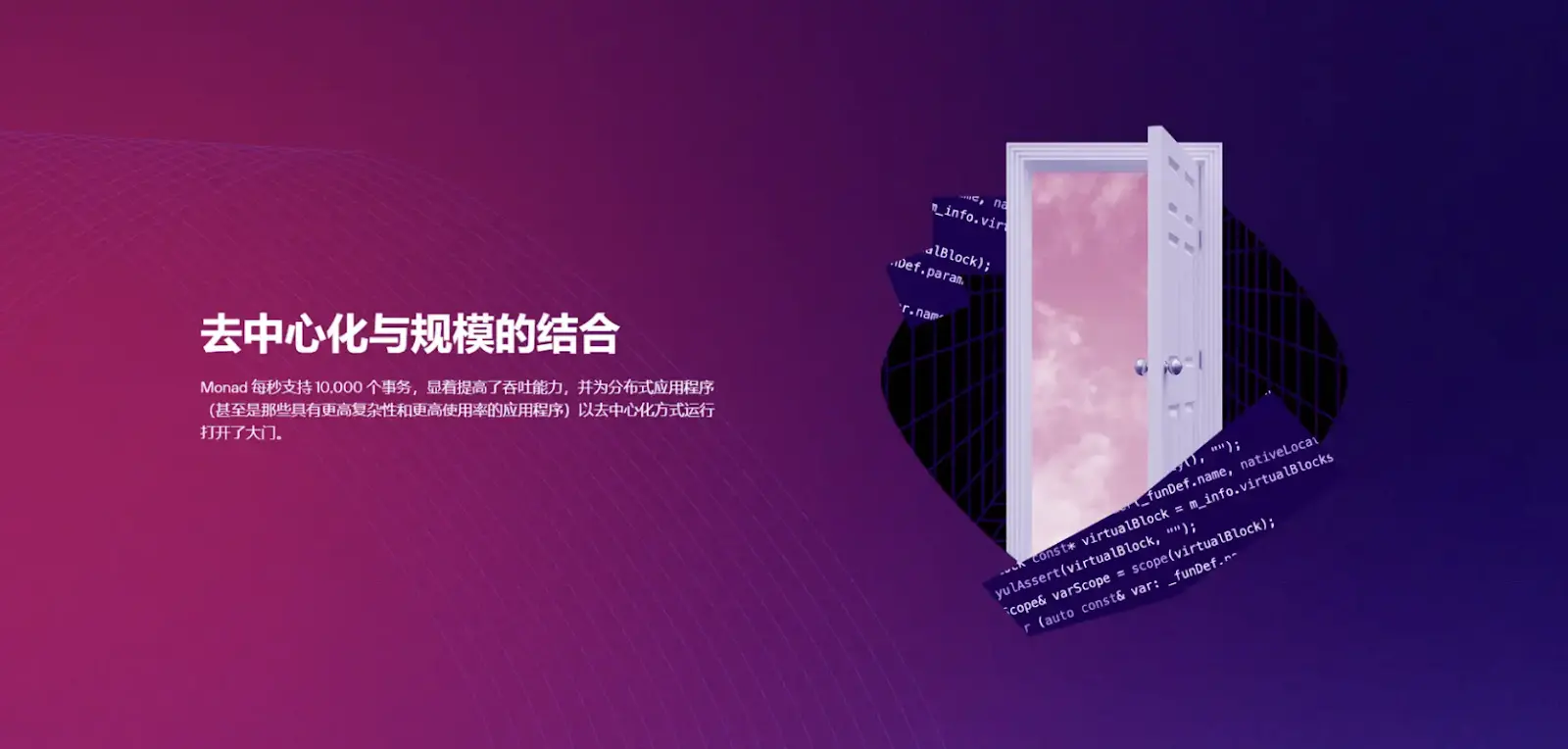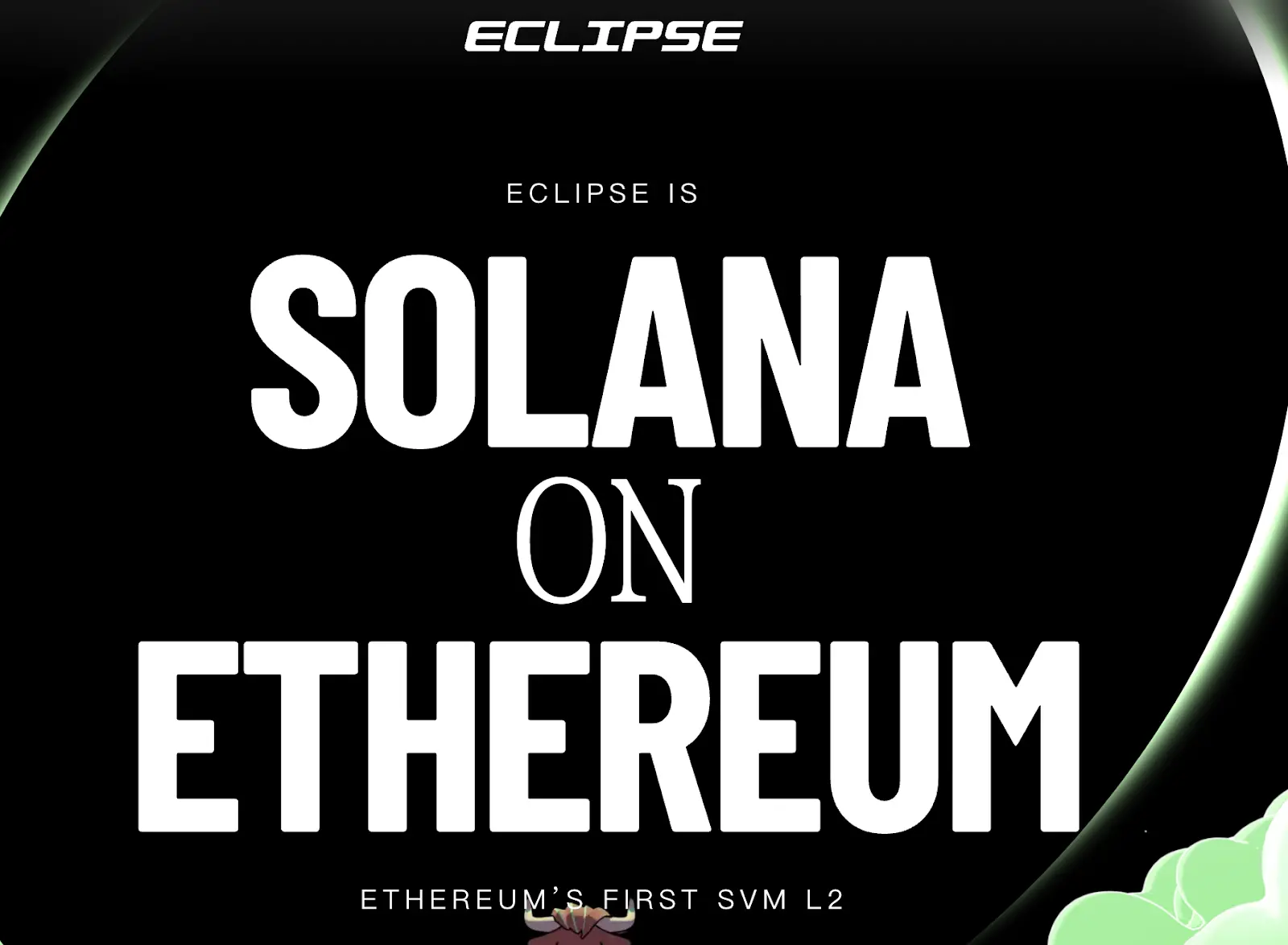Author: Koala, Mars Finance
The clarion call of the digital new era has been sounded, and public chain technology is reshaping the future of finance and technology with its revolutionary power.
According to data from the SoSoValue website, the overall market performance of Layer 1 (L1) and Layer 2 (L2) public chains is as follows:
Layer 1 (L1) public chains account for 9.86% of the total market value in the entire crypto market. In the past 24 hours, the overall increase in market value of L1 public chains is +0.89%.
The market value of Binance Coin (BNB) is $83.05 billion, with a price of $569.3 and a 24-hour trading volume of $1.02 billion; Solana (SOL) has a market value of $66.24 billion, a price of $142.01, and a 24-hour trading volume of $2.53 billion; TRON (TRX) has a market value of $12.97 billion, a price of $0.1492, and a 24-hour trading volume of $1.77 billion.
These data indicate that L1 public chains hold an important position in the crypto market and have shown some growth potential in the short term.

Layer 2 (L2) public chains account for 6.67% of the total market value in the entire crypto market, with an overall increase of +6.66% in the past 24 hours. L2 public chains attract users with lower transaction fees and higher transaction speeds, gradually occupying an important position in decentralized finance (DeFi), non-fungible tokens (NFTs), and decentralized applications (dApps) usage. Overall, L1 and L2 public chains have shown steady performance in the market, and with the continuous development of blockchain technology, their market share and influence are expected to further expand.

Currently, public chains have quickly gained a foothold in emerging fields such as DeFi, NFTs, and dApps with lower transaction fees and faster transaction speeds. This is not just a minor fluctuation in the cryptocurrency market, but a strong proof of the core position of public chain technology in driving the development of the entire crypto market. With the continuous maturity and innovation of technology, we have reason to believe that the market share and influence of L1 and L2 public chains will have a more brilliant future.
This article aims to analyze the representative new star projects in the public chain system, and more importantly, these public chains have coin issuance expectations in the second half of the year.
1. MONAD
A high-performance blockchain platform compatible with the Ethereum Virtual Machine (EVM), aiming to significantly improve transaction speed and scalability through parallel execution technology, processing over 10,000 transactions per second.
In April of this year, Layer1 blockchain Monad Labs announced a financing of up to $225 million, making it the largest cryptocurrency project financing to date in 2024. The round of financing was led by investment firm Paradigm and attracted participation from investment institutions including IOSG Ventures, SevenX Ventures, Electric Capital, and Greenoaks.
Monad Labs aims to introduce parallel execution and superscalar pipeline technology through its parallel EVM Layer1 project Monad to enhance the performance of the Ethereum Virtual Machine and address the low throughput problem of existing EVM-compatible blockchains.

2. Aleo
Aleo is a privacy-focused blockchain project that achieves higher privacy and scalability through zero-knowledge proof (ZKP) technology. Aleo's core idea is to allow users to verify identities and process data without revealing personal data.
Aleo completed a $28 million Series A financing led by a16z in 2021 and a $200 million Series B financing in 2024, with investors including Kora Management, SoftBank Vision Fund 2, Tiger Global, Sea Capital, Slow Ventures, and Samsung Next. This round of financing valued Aleo at $1.45 billion.
The core of Aleo is zero-knowledge proofs (ZKPs), which allow transactions and smart contract execution to take place while maintaining privacy. Transaction details such as sender and transaction amount are hidden by default. This design not only protects user privacy but also allows for selective disclosure when necessary, making it ideal for the development of DeFi applications.
3. Aztec Network
Aztec Network is a privacy ZK-rollup on Ethereum, enabling decentralized applications to access privacy and scalability. Aztec's rollup is protected by the industry-standard PLONK proof mechanism used by leading zero-knowledge extension projects.
Aztec Network has raised a total of $119 million from investors including Paradigm and a16z. As the first private ZK-rollup on Ethereum, it aims to provide privacy protection and scalability for decentralized applications. Aztec Network builds privacy abstractions, providing smart contract privacy for developers, supporting default anonymity, private state read/write functions, and private smart contract function execution. Based on the UTXO data structure, its smart contract privacy allows programmable privacy to be incorporated into the contract itself at the state variable and function level, enabling developers to call the expected functions.
4. Scroll
Scroll is an EVM-compatible zk-Rollup based on zero-knowledge proof technology, aiming to support the development of decentralized applications by improving Ethereum's scalability and privacy protection. It allows users to verify transactions without revealing the original data and seamlessly integrates with existing Ethereum infrastructure.
With a total financing of $80 million from investors including Polychain and Robot Ventures, Scroll is a member of the zk-Rollup sector and collaborates with the PSE team supported by the Ethereum Foundation to develop zkEVM. Despite the recent shift of focus by the PSE team to zkVM, Scroll maintains its unique orthodoxy and explores new technical solutions such as zero-knowledge proofs and hardware acceleration to launch a more secure, efficient, and highly scalable zk-Rollup network. Additionally, on April 29, 2024, Scroll introduced the EIP-4844 data Blob to achieve Layer1 data availability, significantly optimizing Layer2 solutions and effectively mitigating data availability issues. The report further indicates that as the Scroll mainnet goes live, its ecosystem is continuously improving, and community incentive activities and hackathons are attracting an increasing number of users and developers.
5. Espresso Systems
Espresso Systems is an EVM-compatible blockchain that provides scalability and privacy systems for Web 3 applications. By combining the PoS consensus protocol with zk Rollup mechanism, Espresso Systems efficiently packages multiple transactions in a resource-saving manner. Espresso Systems' configurable asset privacy smart contract application can provide users with customizable privacy regarding sender and recipient addresses, as well as the quantity and type of assets held or transferred, which can be set as public, private, or transparent to selected parties.
With a total financing of $60 million from investors including a16z and Electric Capital.
Espresso Systems' strategic focus is on privacy and decentralization. The uniqueness of its privacy system lies in its Configurable Asset Privacy (CAPE) smart contract deployed on Ethereum. "Configurable Asset Privacy" allows users to customize settings for asset quantity, category, sender and recipient addresses, enabling them to selectively disclose which information to make public and to whom.
6.Eclipse
Eclipse is a high-performance Layer 2 solution based on Ethereum, utilizing the Solana Virtual Machine (SVM) for fast execution. It combines Ethereum's security and Celestia's data availability to support high transaction volume and low-cost decentralized application development.
Total financing of $65 million, led by Polychain and OKX Ventures.
Eclipse is the first SVM Layer2 on Ethereum, with the mainnet already launched in Q1 2024. Ethereum still considers Rollup as the core development path. Leaving aside the issue of orthodoxy, this to some extent means that Ethereum is leaving the broad definition of Layer2 to the market, so the apparent empowerment also harbors various forms of competition. Eclipse takes advantage of this, combining Ethereum's security, Solana's high performance, and Celestia DA through modular development to create a strong market narrative.

7.berachain
Berachain is a high-performance EVM-compatible blockchain built on the Proof of Liquidity consensus. Proof of Liquidity is a novel consensus mechanism designed to coordinate network incentives and establish strong synergy between Berachain validators and the project ecosystem. Berachain's technology is built on Polaris, a high-performance blockchain framework, to build an EVM-compatible chain on the CometBFT consensus engine.
On May 13, 2024, Jack Melnick, former DeFi lead at Polygon Labs, joined Layer 1 developer Berachain in the same position. Berachain completed a $100 million Series B financing in April this year, led by Brevan Howard Digital and Framework Ventures. The project is currently valued at $4.2 billion.
Berachain is a Layer 1 blockchain built on the Cosmos SDK, compatible with EVM, and protected by the Proof of Liquidity consensus mechanism. Its three-token system (BERA, HONEY, BGT) is not only unique but also endows the network with powerful functionality and flexibility.
In July 2024, according to official sources, the joint testnet (Co-Testnet) launched by Berachain and Particle Network is now online.
8.Movement
Movement is a modular framework for building and deploying infrastructure, applications, and blockchains based on Move in any distributed environment. The team is building a set of products and services that allow non-Move protocols to leverage the powerful features of the Move programming language without writing a single line of Move code. The team's first version, M1, redefines L1 as a vertically composable and horizontally scalable Layer 1 framework that is compatible with Solidity, connects EVM and Move liquidity, and allows builders to customize modular and interoperable application chains with different user bases and liquidity out of the box.
Movement has received investment from Binance Labs. In the Series A financing, Movement received investments from top institutions such as Polychain and Hack VC, with a total financing amount of $38 million. This demonstrates Movement's strong capabilities and market recognition.
Movement is a breakthrough in the current Move ecosystem challenges. Movement aims to connect the security and high-performance advantages of the Move language with the liquidity and large user base of the EVM system, achieving advantageous collaboration. Through the Movement SDK, developers can automatically convert Solidity scripts into Move-understandable opcodes without writing Move code, gaining interoperability with Ethereum and other EVM networks, perfectly combining the advantages of the Move language with the thriving Ethereum ecosystem.

9.Linera
Linera is a blockchain protocol designed for low-latency applications. The project draws on academic research initiated by Facebook/Novi, such as the FastPay protocol and Zef protocol (slides). Linera belongs to the Level 1 chain and aims to provide a secure, highly scalable, low-latency blockchain to give Web3 applications faster response times.
Linera announced the completion of a $6 million seed round of financing, led by a16z, with participation from Cygni Capital, Kima Ventures, and Tribe Capital.
Linera founder and CEO Mathieu Baudet is a former Meta employee who helped create the Libra blockchain. The Linera blockchain features low latency and linear scalability, composed of shards or individual threads, adding additional validators to improve network efficiency, allowing most account-based operations to be confirmed in fractions of a second.
10.Anoma Network
Anoma is an intent-based privacy architecture that introduces a new paradigm for building infrastructure and a new operating system for decentralized applications. Anoma's intent-based approach introduces novel primitives that allow existing web2.5 dApps to be fully decentralized, such as optimistic and ZK rollups, DEX, NFT markets, or public product financing applications like Gitcoin.
The project raised $6.75 million in its Series A financing, led by Polychain Capital, with participation from Electric Capital, Coinbase Ventures, FBG Capital, CMS Holdings, Lemniscap, Cygni Labs, and Walden Bridge Capital.
Subsequently, Anoma Network announced a raise of $26 million, led by venture fund Polychain Capital, with additional participation from Fifth Era, Maven Capital, Zola Capital, Electric Capital, CMCC, and other companies.
Anoma aims to create a system that allows any digital asset to act as a means of exchange or payment, enabling individuals to freely choose the use of asset categories in transactions. Unlike existing financial platforms, Anoma's goal is to facilitate the use of any asset in private payments, rather than introducing specific assets as currency. Any asset here refers to goods, services, or any valuable digital representation that can be exchanged, including assets created on Anoma, assets transferred from other blockchains via interoperability protocols, and stablecoins in the form of fiat currency, among others.
11.GASP
GASP
Gasp is an L2 cross-rollup protocol with the vision of making Ethereum the settlement layer for all cross-chain transactions. Gasp provides native cross-chain transactions without the need for traditional cross-chain bridges, ensuring user funds can be withdrawn at any time, utilizing ZK proofs and decentralized sequencers through the power of escape hatches. Gasp was initially incubated by Polychain and launched in the Polkadot ecosystem in 2020.
The latest funding round raised $5 million to support this mission, with contributions from Cluster Capital, Polychain Capital, Master Ventures, Faculty Group, Moonhill, LVT Capital, CMS, Token Metrics, and others. This marks the project's third fundraising activity, bringing the total funds raised to $11 million.
As a native cross-rollup protocol, Gasp aims to facilitate gasless, MEV protection, and fast cross-rollup swaps. The protocol achieves this by leveraging technologies such as escape hatches, ZK proofs, and decentralized sequencers.
What sets Gasp apart is its decentralized mechanism to ensure trustless transactions, enhancing security and reducing risks compared to protocols with centralized single points of failure and other traditional bridging mechanisms. Gasp also eliminates the need for wrapped tokens.
TALUS
Talus Network is a blockchain platform focused on decentralized artificial intelligence. The network leverages the powerful capabilities of Move, emphasizing security, speed, and an enhanced developer experience. Talus Network creates a future where technology empowers users in a fair and accessible manner by nurturing a diverse ecosystem of intelligent agents for decentralized applications.
Talus Network completed a $3 million seed round, led by Polychain Capital, with participation from dao5, Hash3, TRGC, WAGMI Ventures, and Inception Capital. Additionally, angel investors from major tech and blockchain companies such as NVIDIA, IBM, Blue7, Symbolic Capital, and Render Network have contributed to support the team's mission of democratizing artificial intelligence on the blockchain.
Talus is an AI public chain platform based on the Move language, featuring high performance and optimization for AI use cases, allowing AI agents to interact and transact within the system. Participants in Talus can build new economies for AI applications from accessible resources in a universal protocol.
Talus' AI agents can provide functional support and optimization in various areas, such as offering wallet analysis tools, real-time transaction monitoring, and enhancing user asset management experience. In the DeFi space, it can optimize liquidity management, automate on-chain portfolio management, and improve fund efficiency and returns, while also supporting automated asset management and governance decisions for DAOs.
免责声明:本文章仅代表作者个人观点,不代表本平台的立场和观点。本文章仅供信息分享,不构成对任何人的任何投资建议。用户与作者之间的任何争议,与本平台无关。如网页中刊载的文章或图片涉及侵权,请提供相关的权利证明和身份证明发送邮件到support@aicoin.com,本平台相关工作人员将会进行核查。




